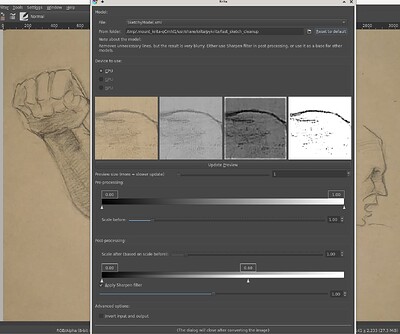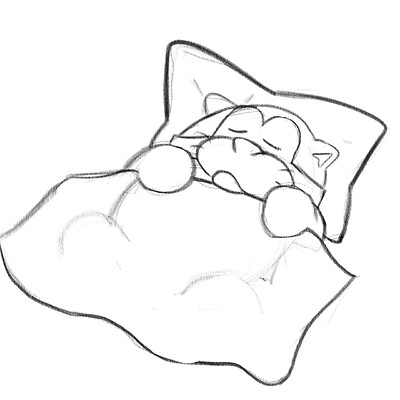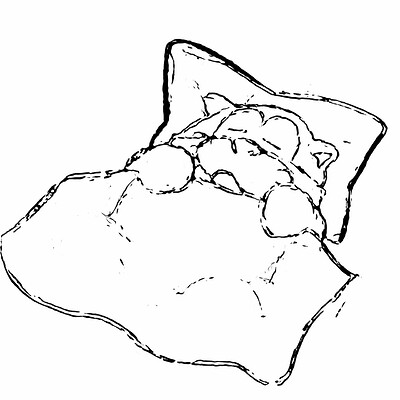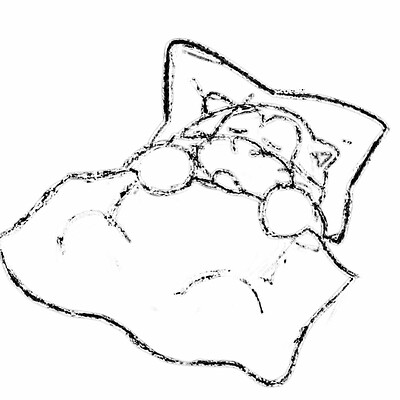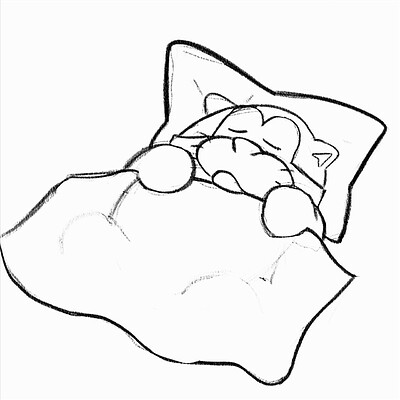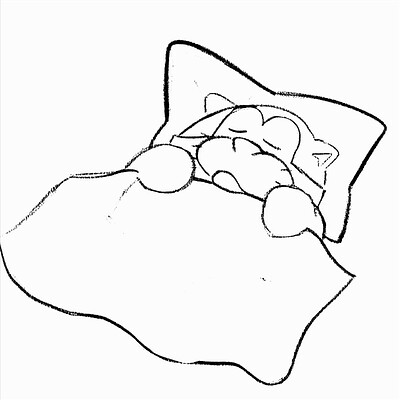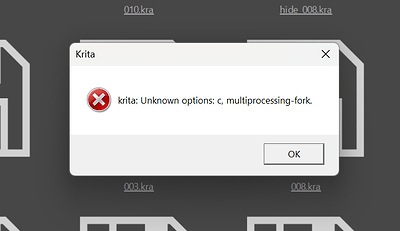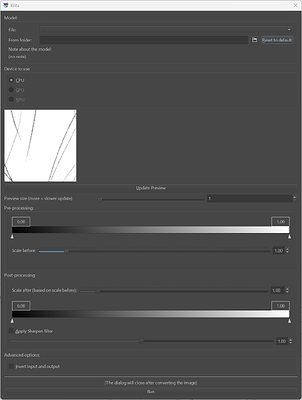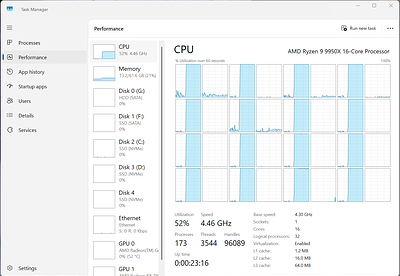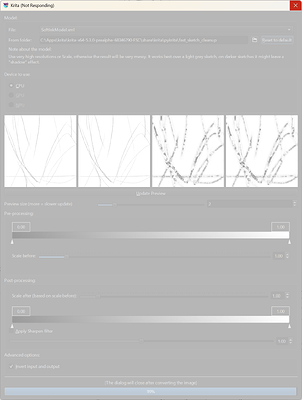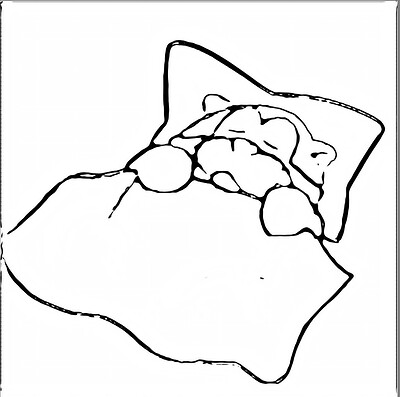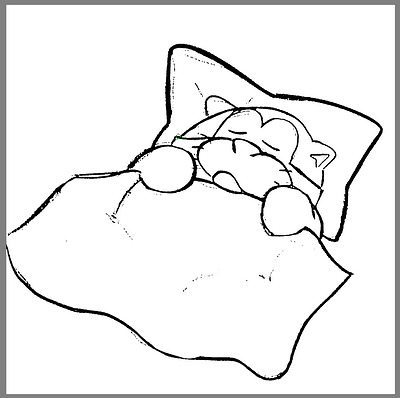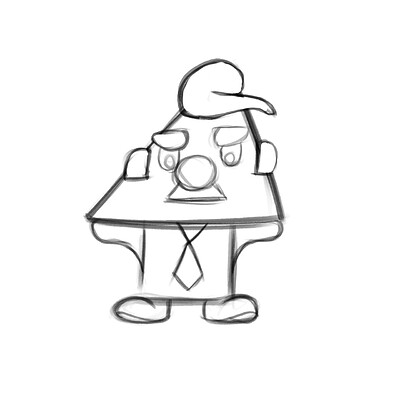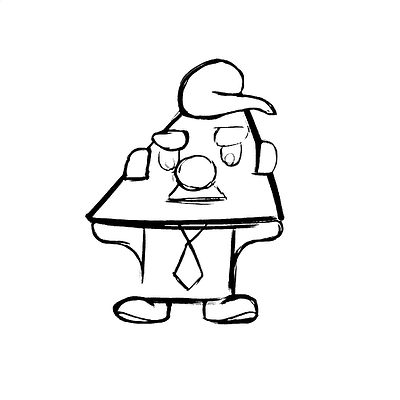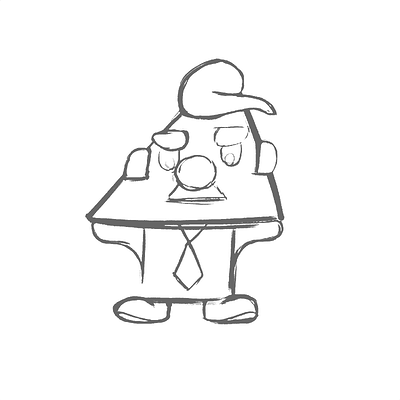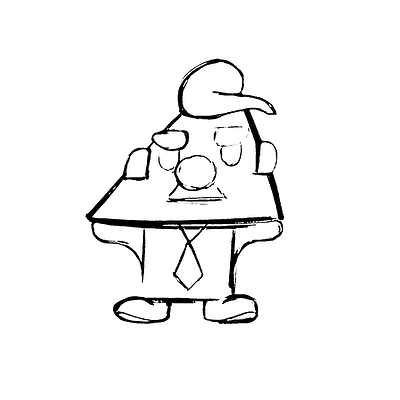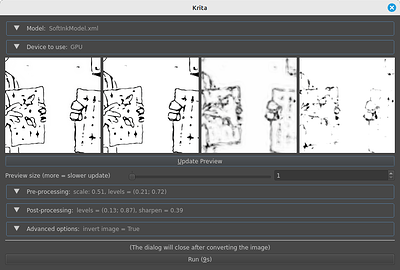The Fast Sketch Cleanup plugin project is nearly done, but since it was done with the partnership of Intel, we need the final step, which is giving it to a final “power user” (as in, someone who uses Krita), and gather the feedback. It would have to be in a form of a blog post with screenshots or screen recording and pictures, or maybe a video.
It could be something so simple as just taking a sketch or two, testing some options in the plugin, gather the results, and making some conclusion. Something just like I did in the “Best workflow” section of the blog post, but with some summary and your thoughts.
From what I can tell, it could be useful to extract sketches from photographs of pencil sketches, or to use the Colorize Mask or Fill Tool on a messy sketch without having to clean it up if you don’t make a lineart piece, or as a good base for lineart (but will still require quite some work), or could be useful for people without a pressure-sensitive tablets to at least fake it a little bit.
The plugin is based on AI, but it’s not generative AI, but an older machine learning technique, and it’s a very small model (a few megabytes) that doesn’t invent anything.
It functions more like an advanced filter.
The main KA thread for this feature is here: Fast Sketch Cleanup plugin: first public testing
This is the older blog post introducing it with some background information: Digging into the Fast Sketch Cleanup Plugin for Krita | Krita
This is the latest blog post that describes how you can use it and shows some results: New version of the Fast Sketch Cleanup Plugin | Krita
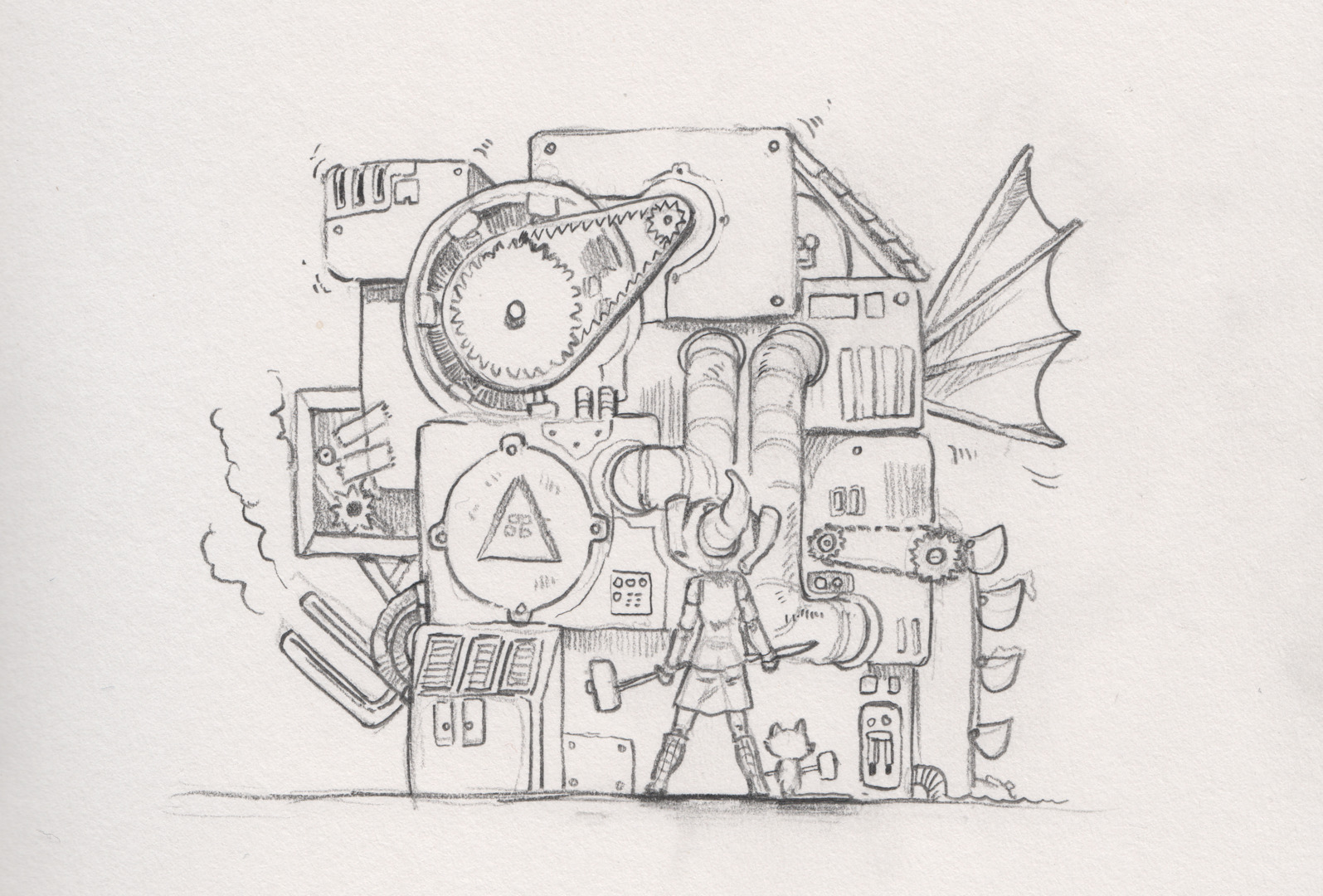
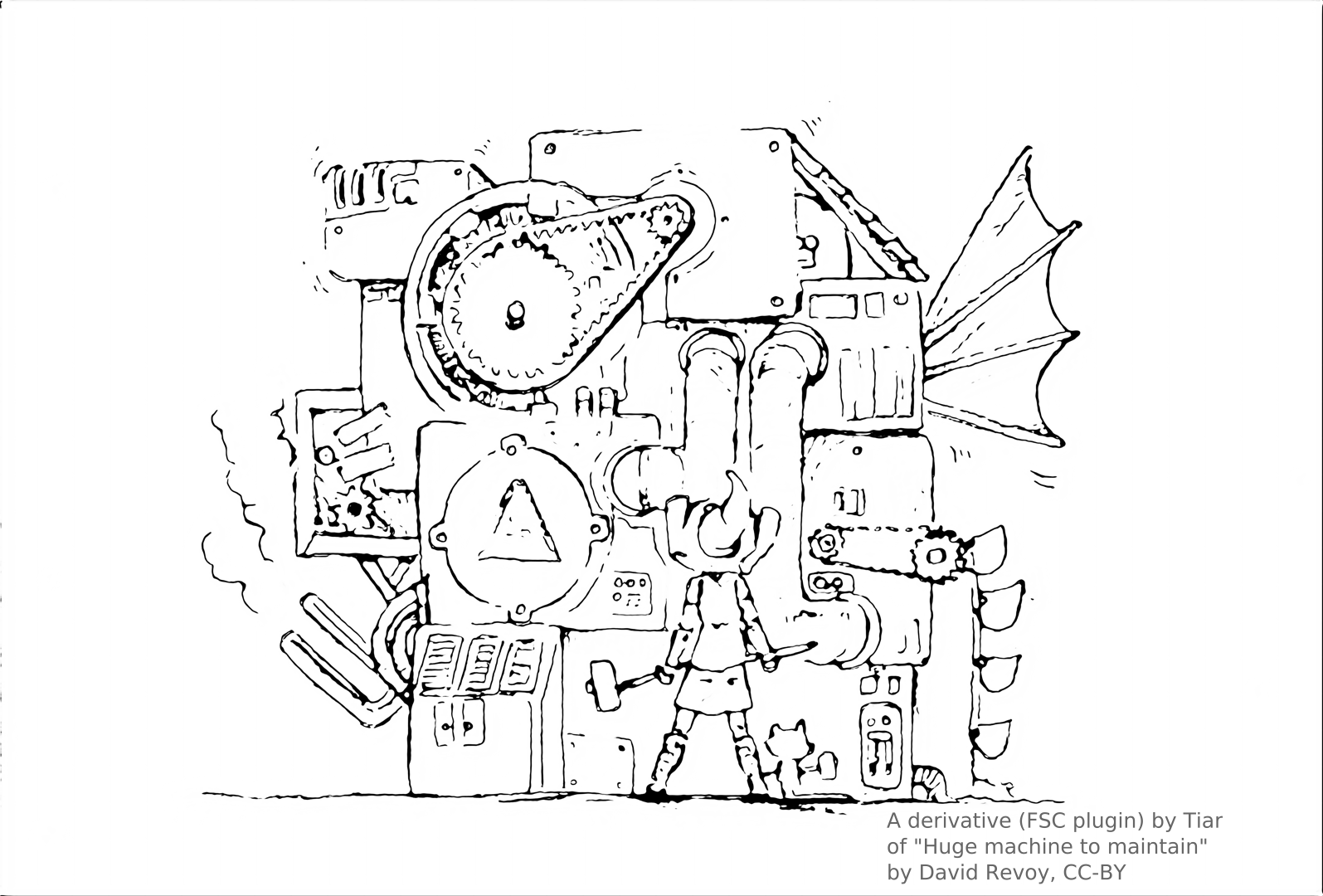
Download:
- Linux: (beta version of Krita): krita-5.3.0-prealpha-b4601f54a8-x86_64.AppImag
- Windows: (beta version of Krita): [link soon]
Links for screens bigger than fullHD
- Linux: (beta version of Krita): krita-5.3.0-prealpha-68346790dc-x86_64.AppImage
- Windows: (beta version of Krita): krita-x64-5.3.0-prealpha-68346790.zip
- Windows: special zip version to be able to use it on top of stable Krita: FastSketchPlugin1.1.0.zip
To use this version, you need to first download a portable version of stable Krita if you don’t have it yet: https://download.kde.org/stable/krita/5.2.9/krita-x64-5.2.9.zip and unpack it. Then download the other zip file and also unpack it in a different place. Inside the folder you’ll see two folders:libandshare, just like in the folder with Krita. Move those folders into the folder with Krita. Ad that should be it.
If you still can’t see the plugin in Tools → Scripts → Fast Sketch Cleanup, try to go to Settings → Configure Krita → Python Plugin Manager and see whether you can find it there and enable it, and restart Krita.
If you have any issues or questions, please do tell me, since because it hasn’t been truly released yet, it probably hasn’t been battle-tested properly yet so there might be some issues.
(The final version is still not merged into Krita since it’s supposed to go into 5.3, and we can’t release 5.3 until all the text work is done, and it’s not done yet and it’s not sure when it will be).
I will really appreciate anyone taking their time to help us out with this.
